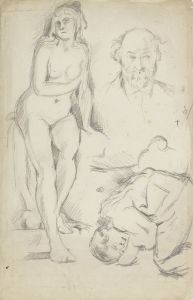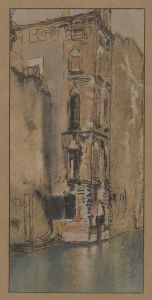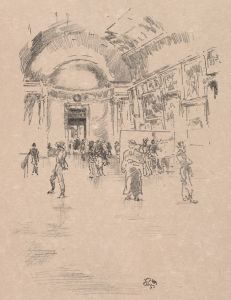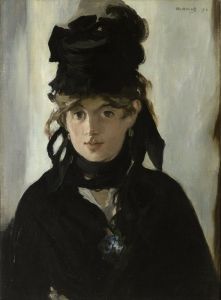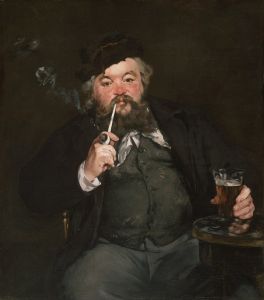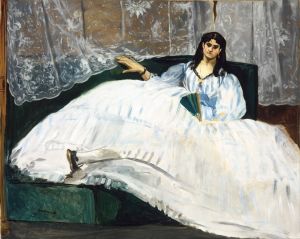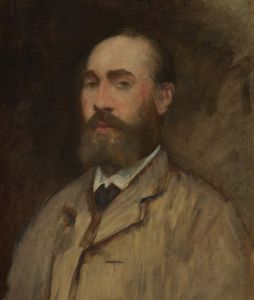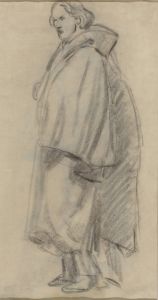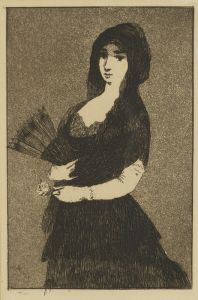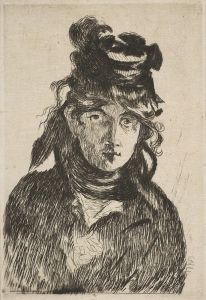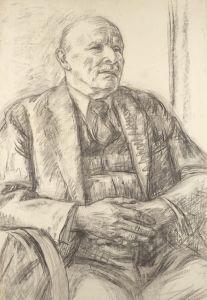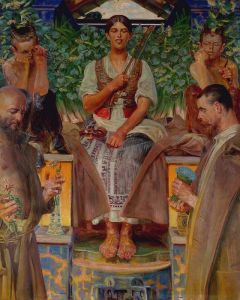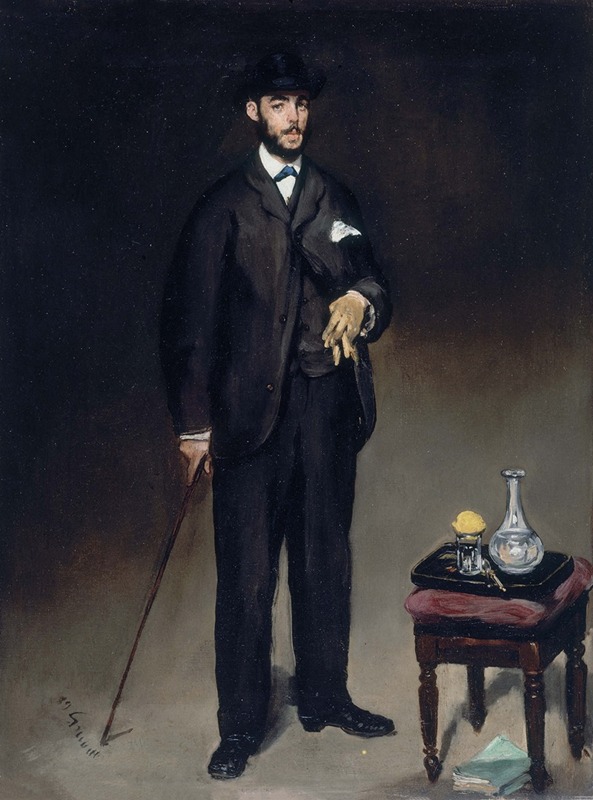
Portrait de Théodore Duret
A hand-painted replica of Édouard Manet’s masterpiece Portrait de Théodore Duret, meticulously crafted by professional artists to capture the true essence of the original. Each piece is created with museum-quality canvas and rare mineral pigments, carefully painted by experienced artists with delicate brushstrokes and rich, layered colors to perfectly recreate the texture of the original artwork. Unlike machine-printed reproductions, this hand-painted version brings the painting to life, infused with the artist’s emotions and skill in every stroke. Whether for personal collection or home decoration, it instantly elevates the artistic atmosphere of any space.
Édouard Manet's Portrait de Théodore Duret is an oil painting created in 1868. The work depicts Théodore Duret, a prominent French journalist, art critic, and collector who was an early advocate for the Impressionist movement and a supporter of avant-garde artists of the time. Duret was known for his writings on modern art and his efforts to promote the works of artists such as Manet, Claude Monet, and Edgar Degas.
In this portrait, Manet captures Duret in a seated pose, dressed in formal attire, with a confident and composed demeanor. The painting reflects Manet's characteristic style, which combines realism with a modern sensibility. The brushwork is loose yet precise, and the use of light and shadow emphasizes the subject's presence and personality. The background is kept simple and neutral, drawing attention to Duret as the focal point of the composition.
The portrait is notable for its psychological depth, as Manet portrays Duret not only as a patron and supporter of the arts but also as an individual with a distinct character. The painting exemplifies Manet's ability to blend traditional portrait techniques with a fresh, modern approach, which was a hallmark of his work during this period.
Portrait de Théodore Duret is part of the collection of the Petit Palais, a museum in Paris, France. It remains an important example of Manet's portraiture and a testament to the relationship between the artist and his sitter, who shared a mutual respect and appreciation for the evolving art movements of the 19th century.
This painting is often studied in the context of Manet's broader body of work and his role in the transition from Realism to Impressionism. It also highlights the interconnectedness of artists, critics, and collectors in shaping the trajectory of modern art during this transformative era.





